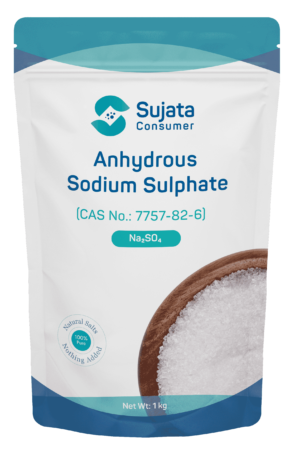Oxalic Acid
Oxalic Acid, also known as ethanedioic acid, is a dicarboxylic organic acid with the chemical formula (COOH)2 or H2C2O4.
Description
Oxalic Acid, also known as ethanedioic acid, is a dicarboxylic organic acid with the chemical formula (COOH)2 or H2C2O4.
| Product Name | Oxalic Acid |
| Catalog Number | PU22000049 |
| CAS No. | 6153-56-6 |
| Molecular Formula | HO2CCO2H |
| Molecular Weight | 90.03 g/mol |
| Grade | PUURETA (Pure) |
| HS Code | 29171110 |
| Categories | Lab Chemicals |
| EC Number | 6153-56-6 |
| Synonyms | Ethanedioic acid |
Oxalic Acid, also known as ethanedioic acid, is a dicarboxylic organic acid with the chemical formula (COOH)2 or H2C2O4.
| Product Name | Oxalic Acid |
| Catalog Number | PL22000049 |
| CAS No. | 6153-56-6 |
| Molecular Formula | HO2CCO2H |
| Molecular Weight | 90.03 g/mol |
| Grade | PLURAATA (Extra Pure) |
| HS Code | 29171110 |
| Categories | Lab Chemicals |
| EC Number | 6153-56-6 |
| Synonyms | Ethanedioic acid |
Cleaning and Rust Removal: Oxalic Acid is used as a cleaning agent and rust remover. It can effectively remove rust, stains, and mineral deposits from various surfaces, including metals, ceramics, and fabrics.
Wood Bleaching: In woodworking, it is used for wood bleaching to lighten the color of wood and remove stains or discolorations.
Dyeing and Textile Industry: It can be used in textile and fabric dyeing processes as a mordant to improve dye uptake and colorfastness.
Tanning and Leather Industry: Oxalic Acid is used in leather processing for tanning and as a cleaning agent to remove iron stains from leather.
Analytical Chemistry: It is employed as a reagent in various chemical analyses and experiments, including complexometric titrations.
Beekeeping: Beekeepers use Oxalic Acid to treat honeybee colonies for varroa mite infestations.
Photography: In traditional photography, it was used as a developing agent for black and white films and prints.
Medical and Pharmaceutical Uses: Oxalic Acid has been used in some medical and pharmaceutical applications, but its use is limited due to its toxicity when ingested.
Laboratory and Research: It is used as a reagent in chemical laboratories for various purposes, including standardization of solutions and pH adjustment.













